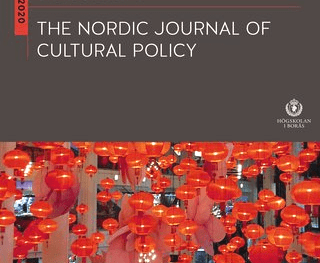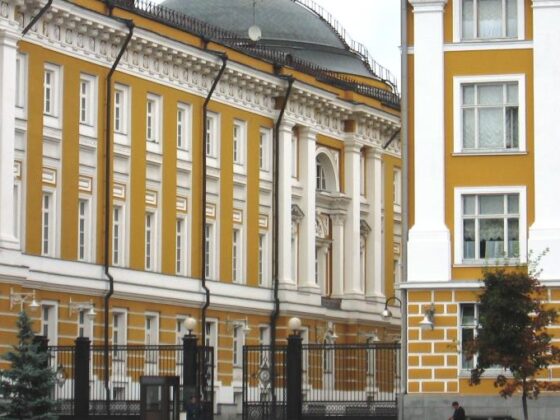(NJCP) Introduction: What is an instrument? According to the Merriam-Webster dictionary, it can be understood, for instance, as “a means or implement by which something is achieved, performed, or furthered” or “a tool or device used for a particular purpose – especially: a tool or device designed to do careful and exact work”. What is highlighted in both definitions is its object-like and teleological nature: it is something made, defined and packaged in a certain way for a certain use to achieve certain ends. If something is “instrumental”, its value and significance is determined by its usefulness.
In our call for papers, we suggested that there is a growing trend of understanding culture as an instrument, resulting from requirements related to the reformulation of welfare policies and the emergence of new economically significant fields. Actually, if we look at international and national cultural policy debates since the formation of the field after the 1950s, we can see that instrumentalisation has always been a current topic. Its roots are in national public funding of the arts and heritage and seeing culture as a “public good”, which benefits whole societies. It has meant that policy-makers and actors of the field have thought about how the core values and goals of society can be promoted through the arts. […
Read More © The Nordic Journal of Cultural Policy / Nordisk kulturpolitisk tidsskrift
Co-authors: Miikka Pyykkönen and Sakarias Sokka











